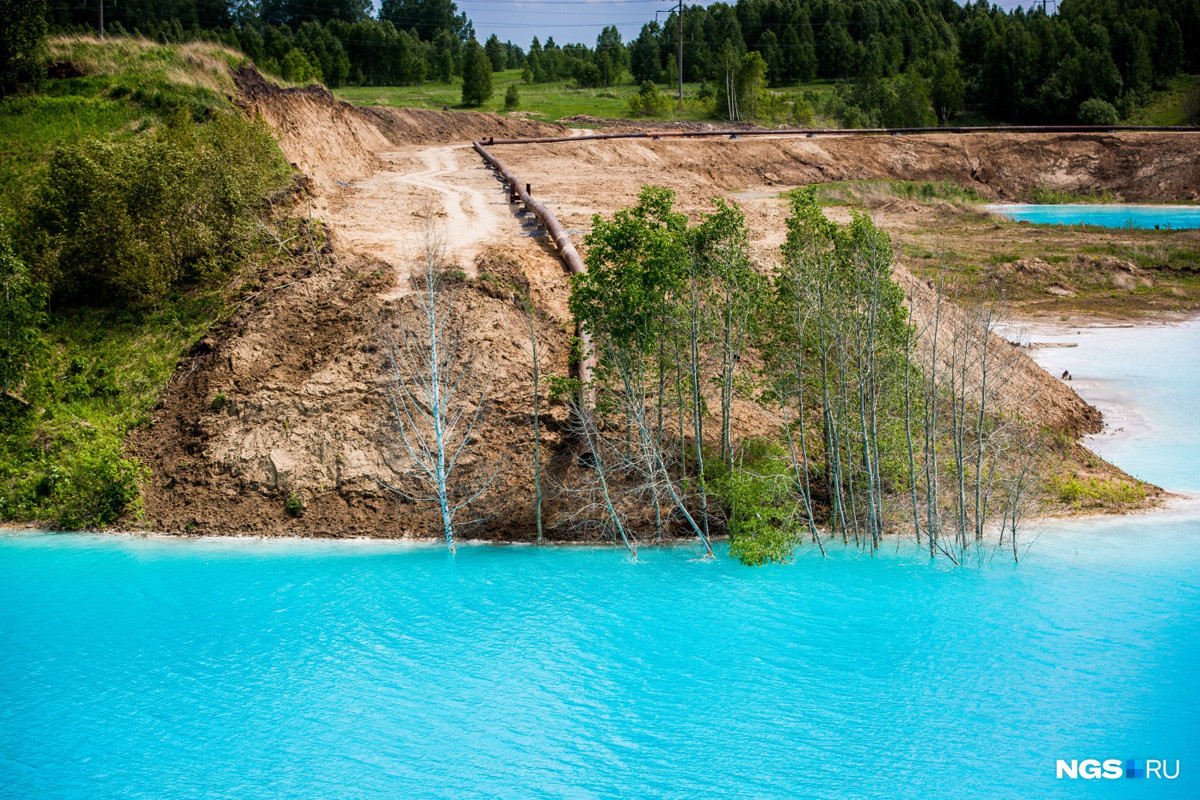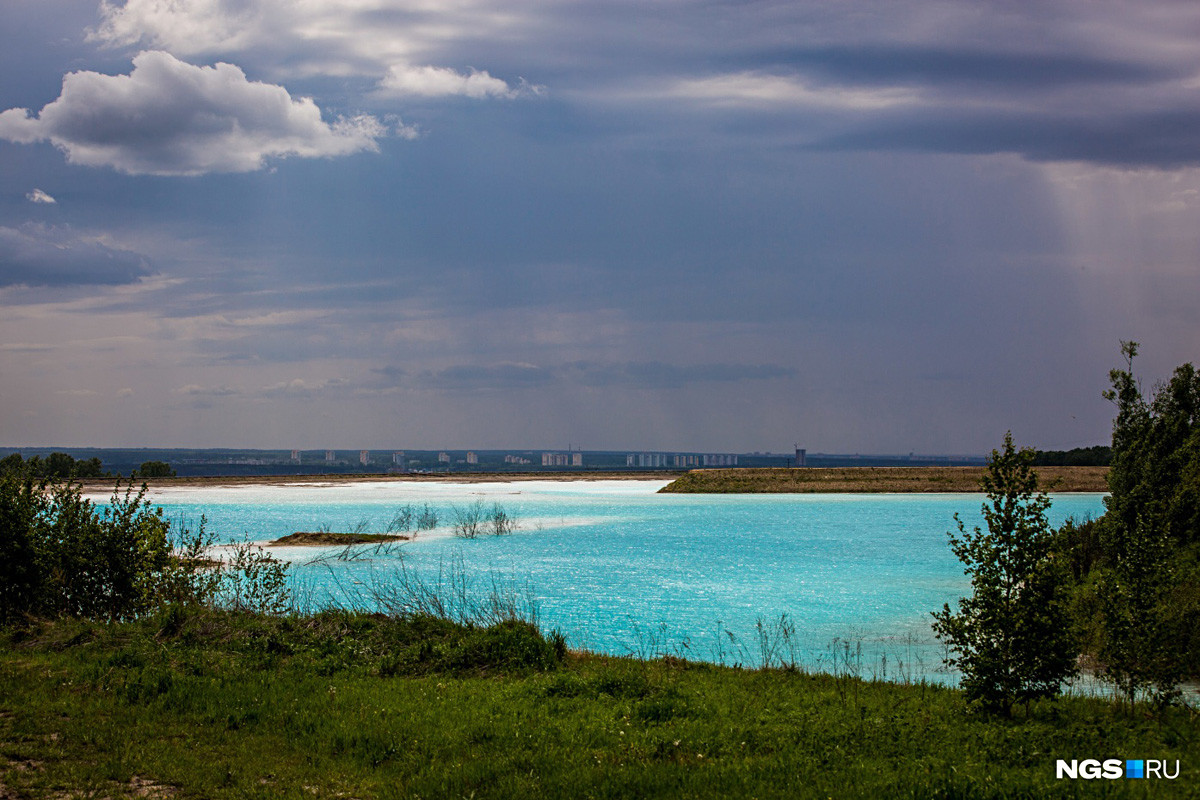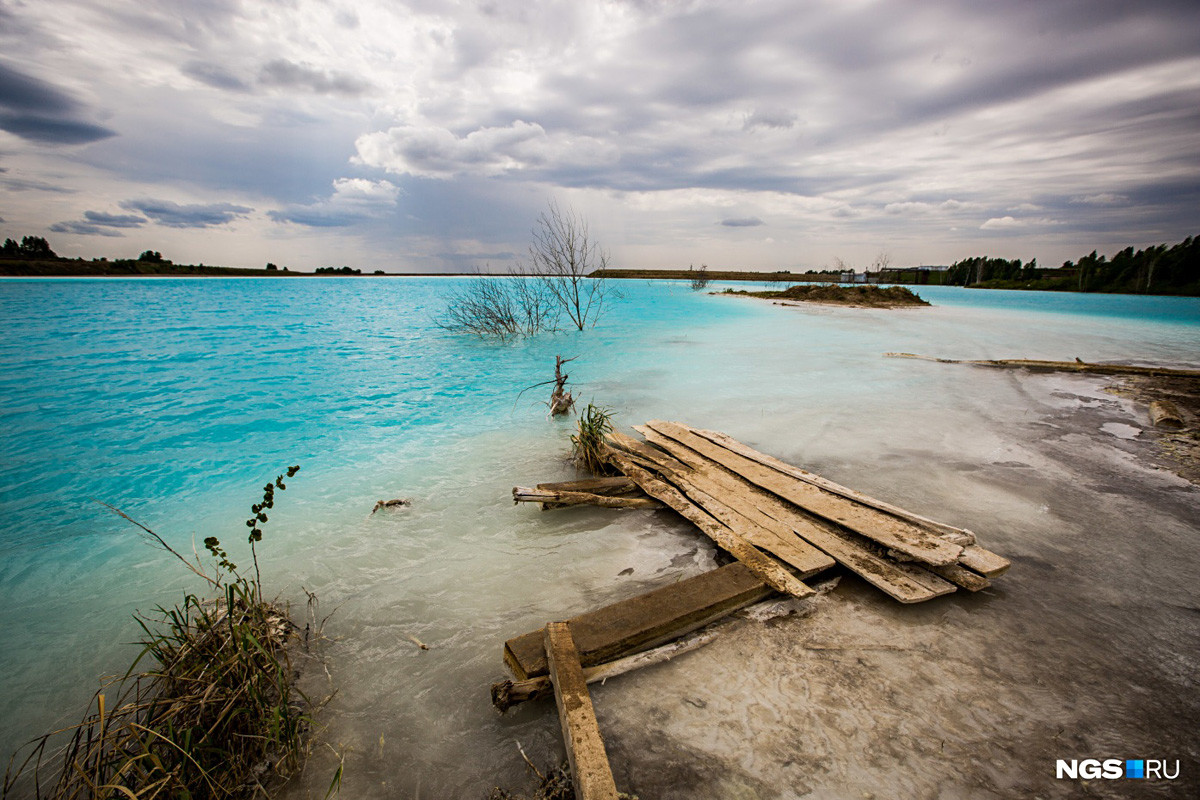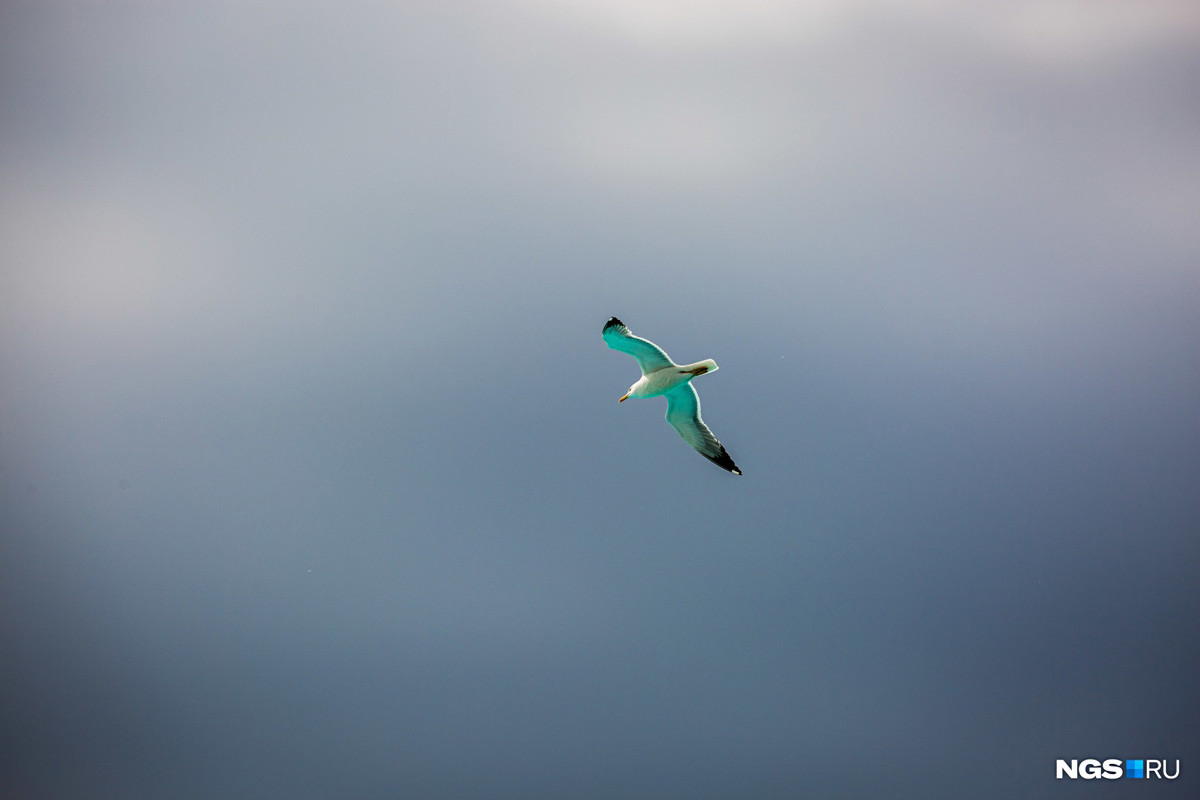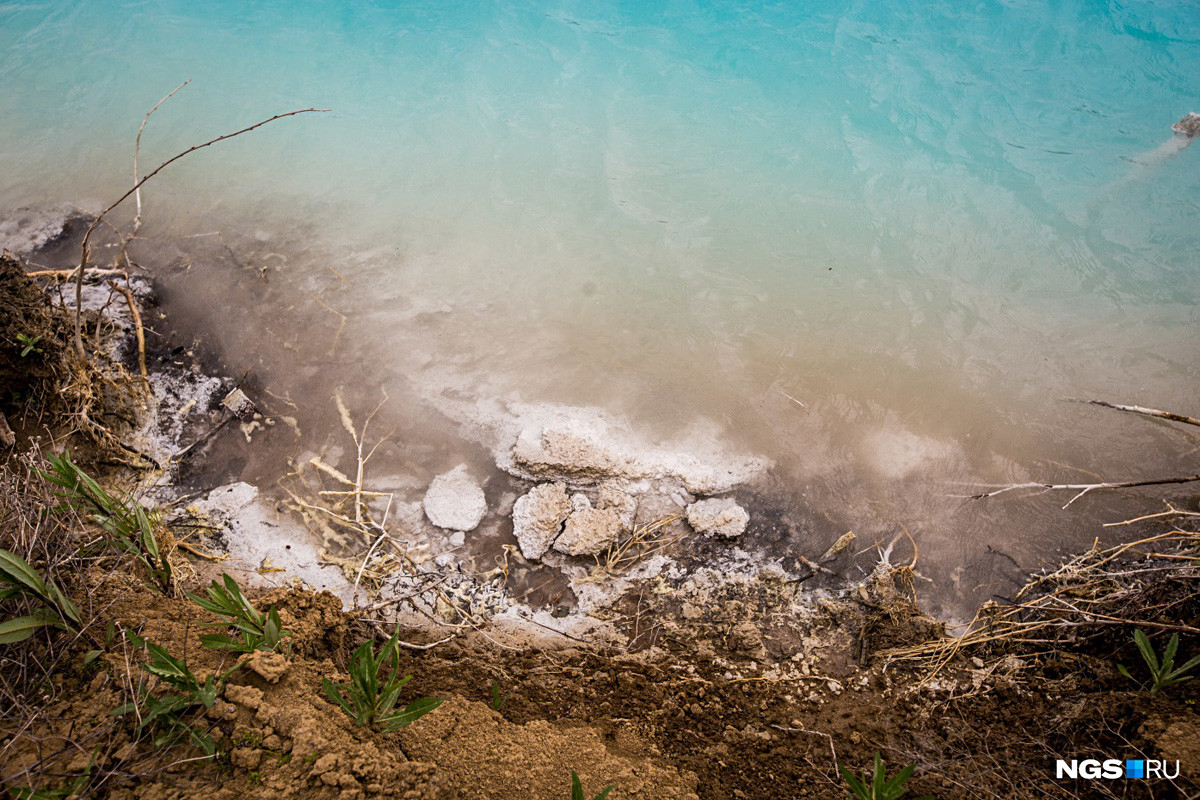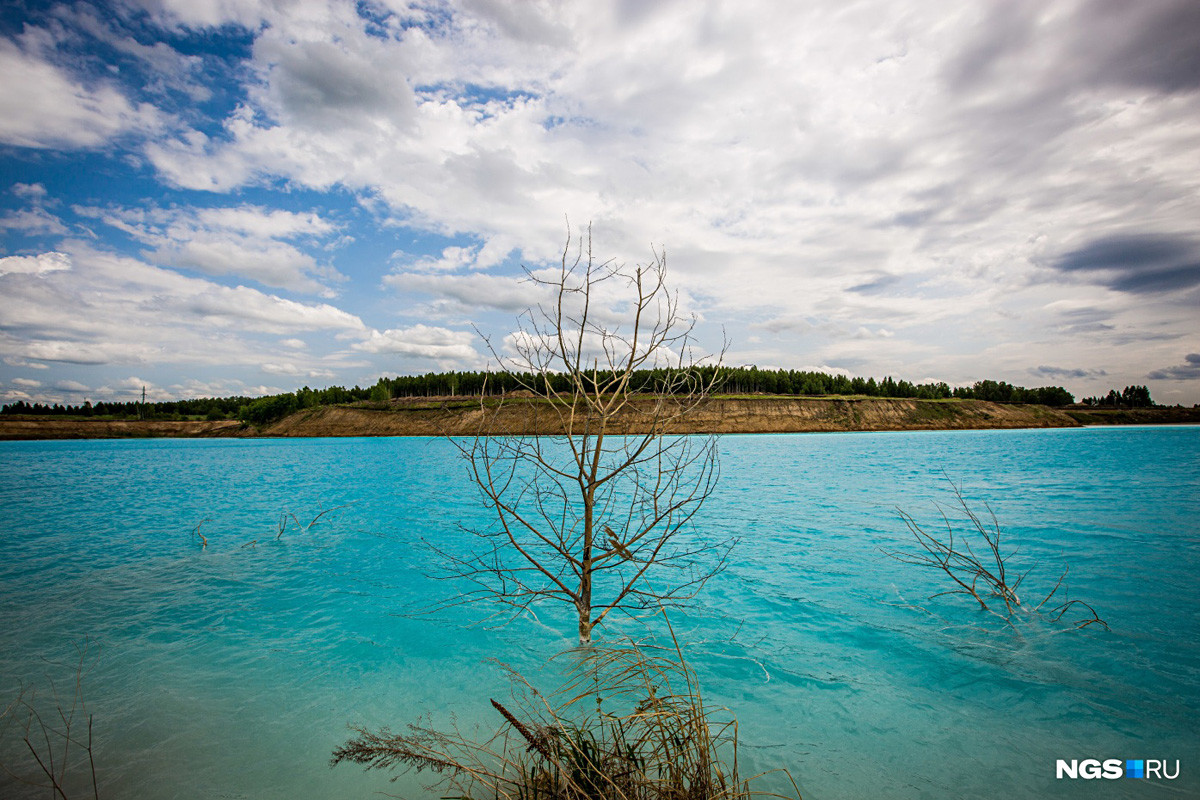The ‘Maldives’ of Siberia: Taking selfies here could kill you (PHOTOS)

Summer is in full swing. Novosibirsk-dwellers are filling up the web with their photos next to the majestic lake. There are bikini shots, dancers filming music videos, newlyweds holding hands and all kinds of romance going on. This is how the place acquired the name of ‘the Russian Maldives’. The water is an immaculate shade of green, which doesn’t fade even on rainy days, which leaves everyone in a state of amazement - at least that’s how it all appears on Instagram. But the reality is different.
“As you approach the lake by car, there’s a pungent detergent type of smell, very alkaline. As you come down to the water, the smell disappears. But of course you’ve got no desire at all to touch the water. You get really hazardous vibes,” Mikhail Reshetnikov, a journalist, writes.
The lake often earns labels like “poisoned”, “deadly” and even “radioactive” online. You can see in the photos how any plants or vegetation growing nearby don’t grow, or simply die.
What’s the deal with the lake?
For starters, this isn’t even a lake, but a “hydrotechnical construction”, resembling a lake. This pit of death belongs to the local hydroelectric plant. The pit was dug by workers, then filled with water. It’s also very blue - but definitely not what you might consider clean. It’s basically an ash dump, where the plant disposes of all the chemicals and coal byproducts by way of underwater tubes. In other words - a waste disposal site.
The turquoise shade of the artificial lake owes its nature to several factors: salts, calcium and various oxidized metals. The alkali levels are through the roof. Interestingly, the depth is only about 1-2 meters, which is ‘deep’ by chemical waste standards. Had it been deeper, we wouldn’t see that majestic color.
“Even the seagulls are blue here. And it’s unclear where the dye comes from - a reflection from the water, or actual contact with it?”
Today the lake’s shore is all “booked up”. And that’s despite the crazy rumors of elevated radiation levels around it.
“You wouldn’t make it out of the water alive”
It’s not difficult reaching the poisonous ash dump - it’s only about a 10-minute drive from the city. Two gravel roads lead to it, with absolutely no warning signs. It’s a scenic drive with a view of the woods and dachas. It’s possible that the hydroelectric plant’s management didn’t even think warning people was necessary or that anybody knew of the lake’s existence.
These days the Siberian Energy Company is having to constantly explain things, like “it’s not advisable to walk in the water there, as any contact with the skin could result in a strong allergic reaction due to the mineral content.”
As for “radioactivity” and other crazy tales, that’s just what they are - tales. “The ash dump isn’t poisonous: there are no ‘blue seagulls’ there, the plants don’t die and the radiation levels aren’t spiking: this is according to lab results from two independent studies.”
But you still can’t swim in the water. And by far the worst thing would be to end up in there alone. “The floor is weedy, so getting out on your own is practically impossible. We implore visitors not to fall in while attempting selfies,” the company said. “That is the main danger here.”
If using any of Russia Beyond's content, partly or in full, always provide an active hyperlink to the original material.
Subscribe
to our newsletter!
Get the week's best stories straight to your inbox
